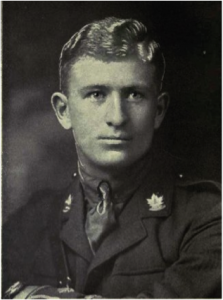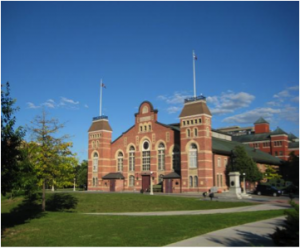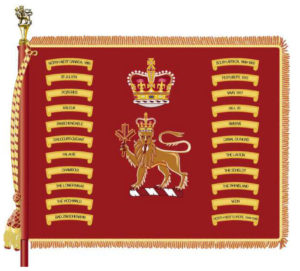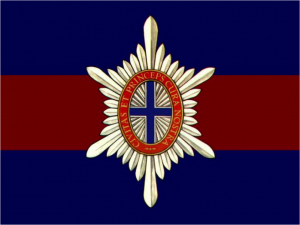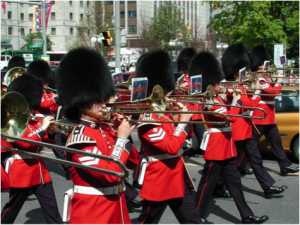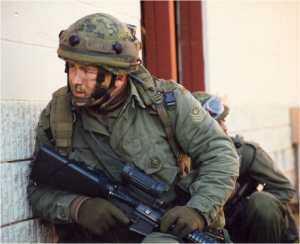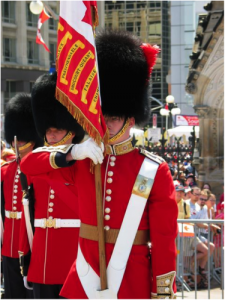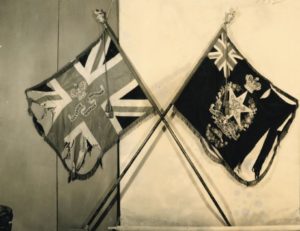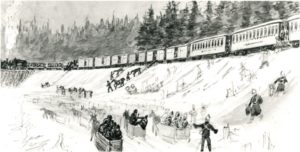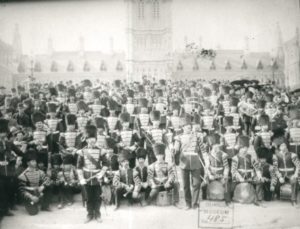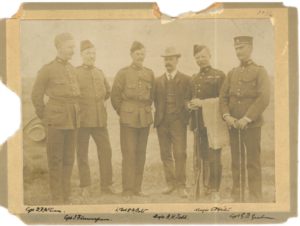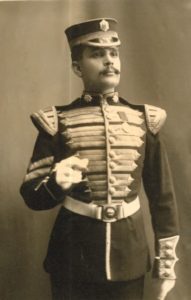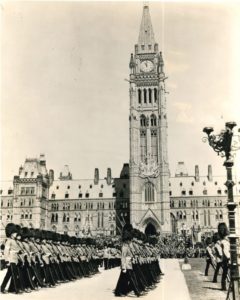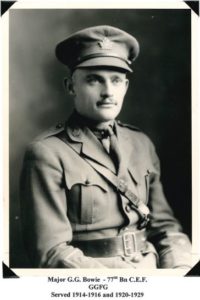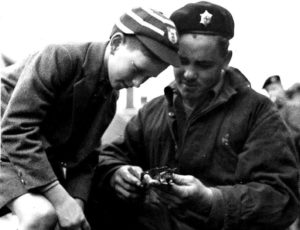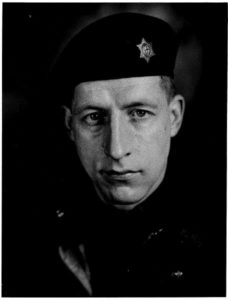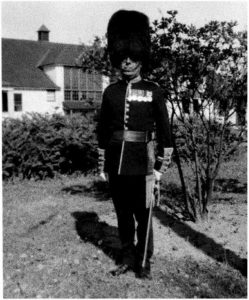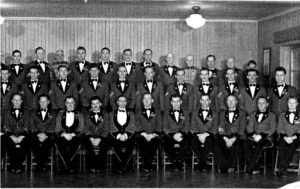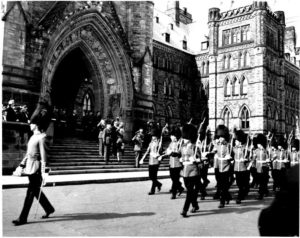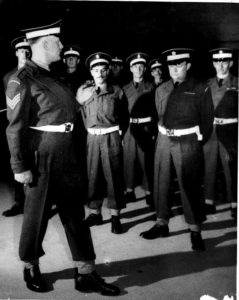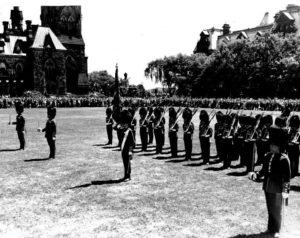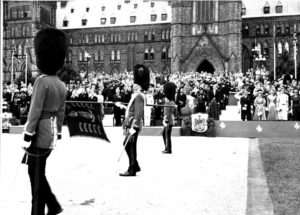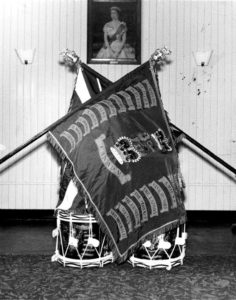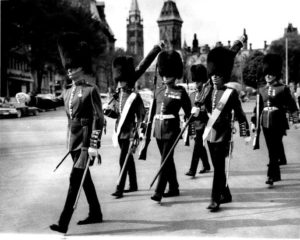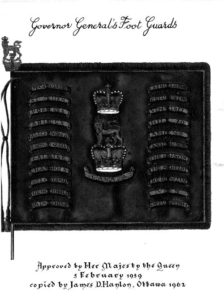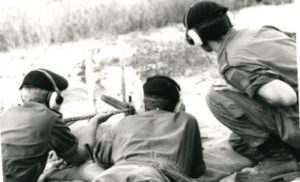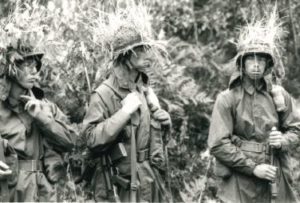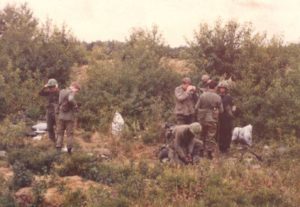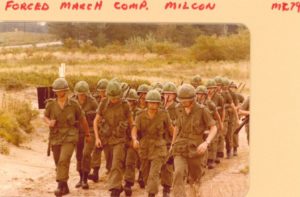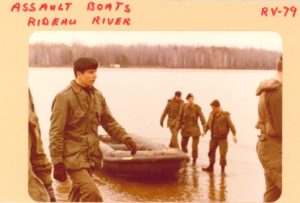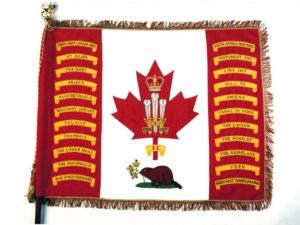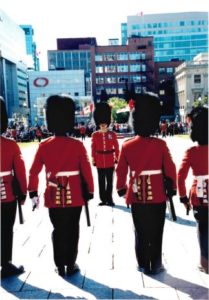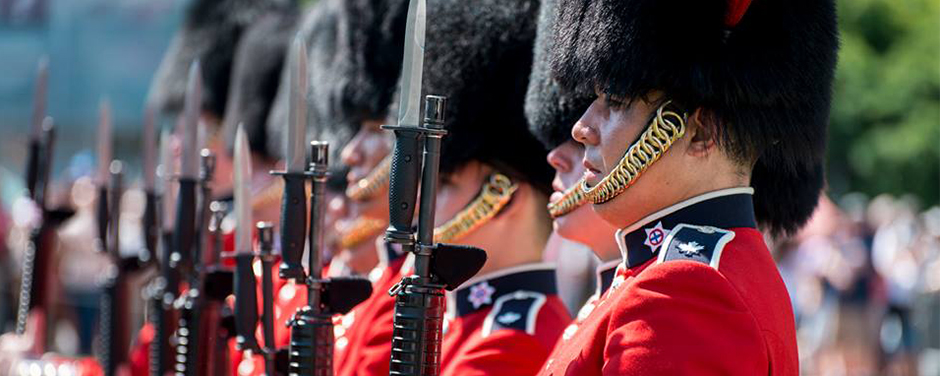
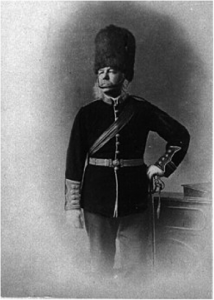
Lieutenant Colonel Thomas Ross
On June 7th, 1872, Her Majesty Queen Victoria approved Militia General Order 16, authorizing the formation of a Battalion of Foot Guards in Ottawa. This battalion was to have the same precedence and status in the Active Militia as held by Her Majesty’s Foot Guards in the Imperial Army. The regiment was to be known as the Governor General’s Foot Guards. Since 1879, the Regiment has been headquartered at the Cartier Square Drill Hall.
To this day, the Governor General’s Foot Guards remains the senior reserve infantry regiment in Canada. An iconic national institution, the Regiment has conducted the Changing of the Guard ceremony on Parliament Hill and at Rideau Hall for over 50 years. While the scarlet tunics and bearskin caps are the public face of the Regiment, it is first and foremost a primary reserve combat arms unit, trained to support Canada’s defence interests domestically and abroad.
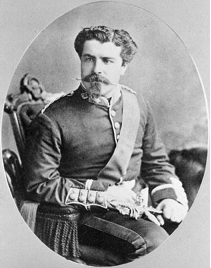
Captain Telmont Aumond of the Nile Voyageurs
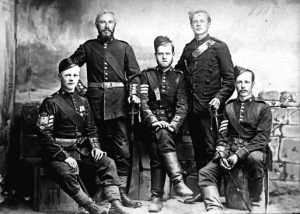
The Non-Commissioned Officers of the Ottawa Sharpshooters
Members of the Regiment took part in the Nile Expedition of 1884 and the following year provided a company of sharpshooters to quell the North West Rebellion, where the Regiment suffered its first two casualties. The Regiment has served in the South African War and in both the First and Second World Wars. In the intervening years, members have participated in numerous United Nations and NATO operations, including service in the Middle East, Cyprus, Somalia, the Former Republic of Yugoslavia, Haiti, Ethiopia, Sierra Leone, Sudan and Afghanistan.
The Regiment maintains a robust domestic response capability, deploying soldiers to the 1997 Manitoba Floods and a full company to the 1998 Ice Storm. The Regiment also supports planned domestic operations, having contributed significantly to Op CADENCE 2010 (G8/G20). The Regiment has also plays a major role in 33 Territorial Battalion Group (TBG). The TBG is a composite organisation comprised of all units within 33 Canadian Brigade Group and it is designed to respond to a wide variety of short-notice domestic operations. From December 2006 to April 2009 and again from April 2010 to September 2012, the Regiment was assigned the role as lead unit.For service on active duty, members of the Regiment have been awarded over 500 decorations, including 3 Victoria Crosses. Twenty two of the Regiment’s 34 Battle Honours are emblazoned on both the Regimental and Queen’s Colours.
Our Victoria Cross Recipients

Corporal Leo Clarke, VC
Cartier Square Drill Hall
Regimental Colours, Badges and Emblems
Visual History Gallery
The Guards
1870-1930
1930-1960
1960 – Present
